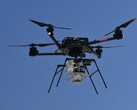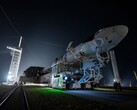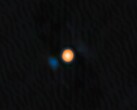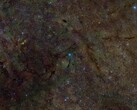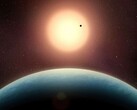NASA’s Nancy Grace Roman Space Telescope, scheduled to launch no later than May 2027, will conduct an observation program called the High-Latitude Time-Domain Survey. The bulk of the survey will consist of 30-hour observations of the same large region of the cosmos, every five days for two years. Scientists will combine these observations to produce time-lapse videos that reveal various dynamic cosmic events.
One major phenomenon scientists aim to study is supernovae — specifically, type Ia supernovae. A simulation of the High-Latitude Time-Domain Survey suggests that the Nancy Grace Roman Space Telescope will detect about 27,000 type Ia supernovae. This represents a massive leap forward, surpassing the total detected by all previous surveys combined by up to tenfold.
The type Ia supernovae are part of the known standard candles — standard candles are objects in space that act as yardsticks, allowing scientists to measure distances to their host galaxies. By comparing that distance with how much their light has shifted, researchers can measure how quickly the universe has expanded at different times.
This offers clues about dark energy, the mysterious force thought to be accelerating the universe’s expansion. Roman will potentially spot vast numbers of these type Ia supernovae as far back as 11.5 billion years ago, offering the earliest view yet.
Aside from the type Ia supernovae, the survey may also make a confirmed detection of what is called “pair-instability” supernovae. Pair-instability supernovae are powerful explosions believed to come from the universe’s first stars — giants hundreds of times the sun’s mass that left behind no trace.
NASA’s Roman telescope has also been predicted to detect other cosmic events in large numbers, including about 60,000 core-collapse supernovae, 40 tidal disruptions, 90 superluminous supernovae, and several kilonovae. “We’re definitely expecting the unexpected,” said Rebekah Hounsell, an assistant research scientist at NASA — a fitting statement for a mission that could potentially rewrite our understanding of the universe.





